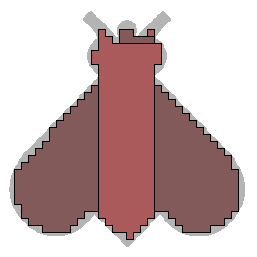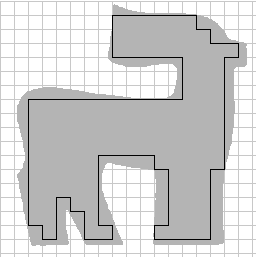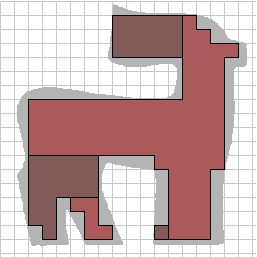A preliminary version appeared in Proc. DGCI-2011, LNCS (Springer) vol. 6607, pp. 489-500, 2011.
Why: Polygons are frequently used by practitioners to solve geometric problems related with image processing and computer vision. Computational-geometric problems on general polygons are solved usually by decomposing them into simpler components, solving the problem for each component using a specialized algorithm, and then combining the partial solutions. A polygon can be decomposed into rectangular components, convex components, star-shaped components, monotone components, etc.
How: Polygon decompositions can be classified based on the interrelation among decomposed components. If the components do not overlap except at their boundaries, then the decomposition is termed as a partition. If overlapping pieces are allowed, then it is called a cover. Decomposing a polygon into simpler components can be performed with or without addition of extra vertices, which makes the problem complex but leads to fewer components.




